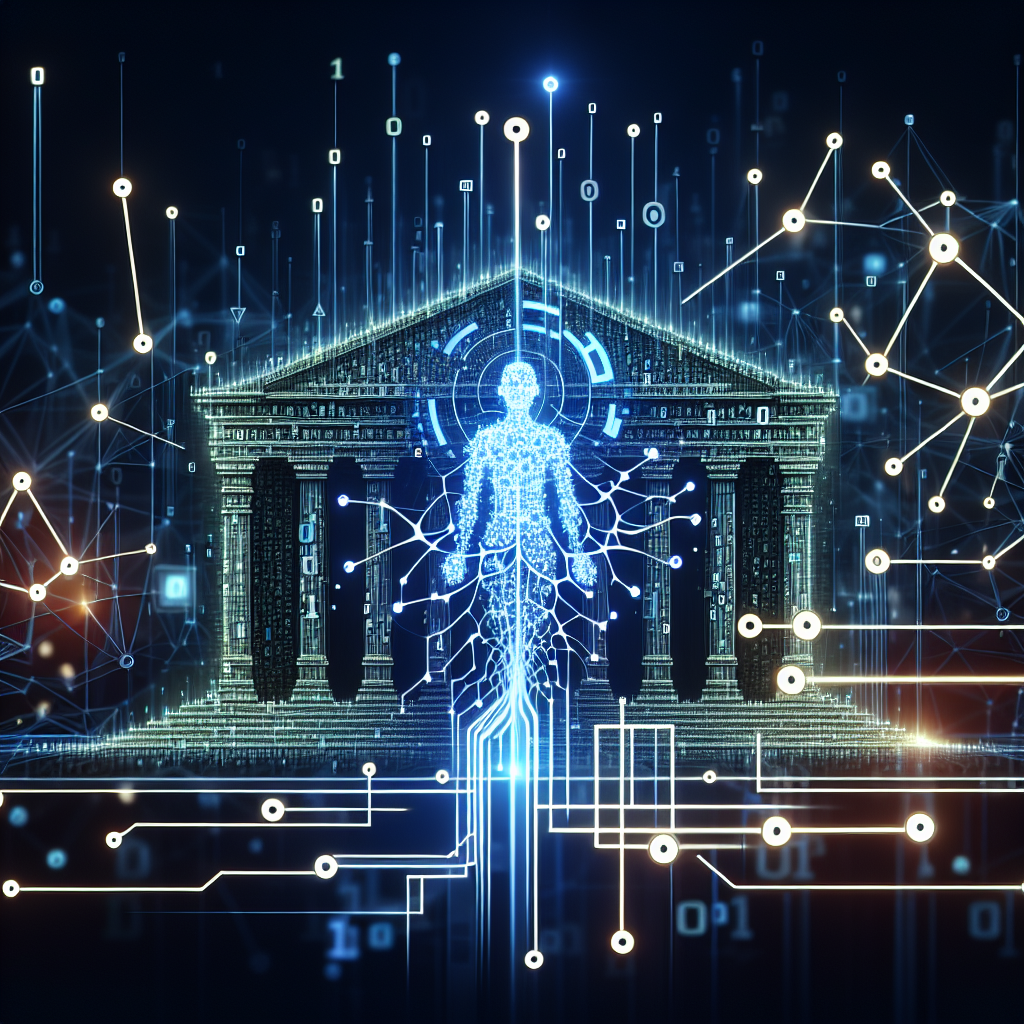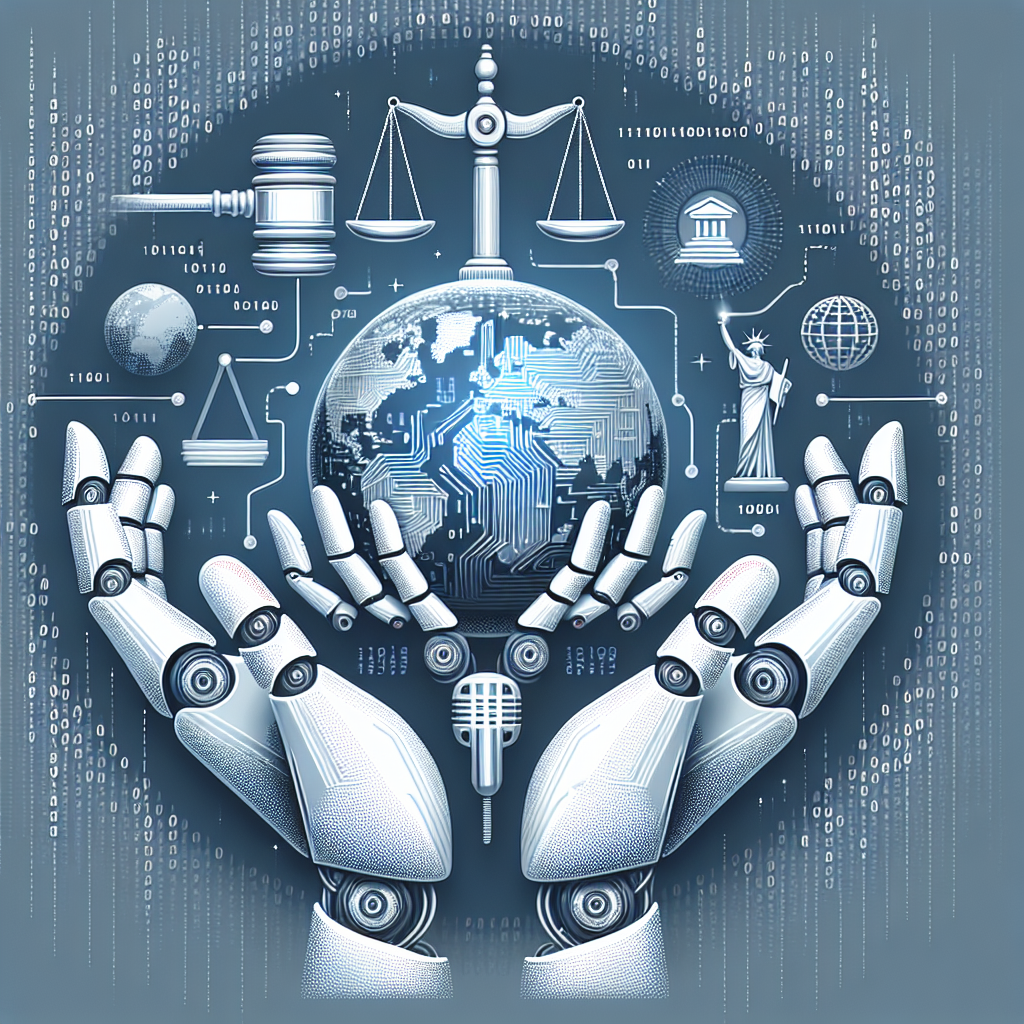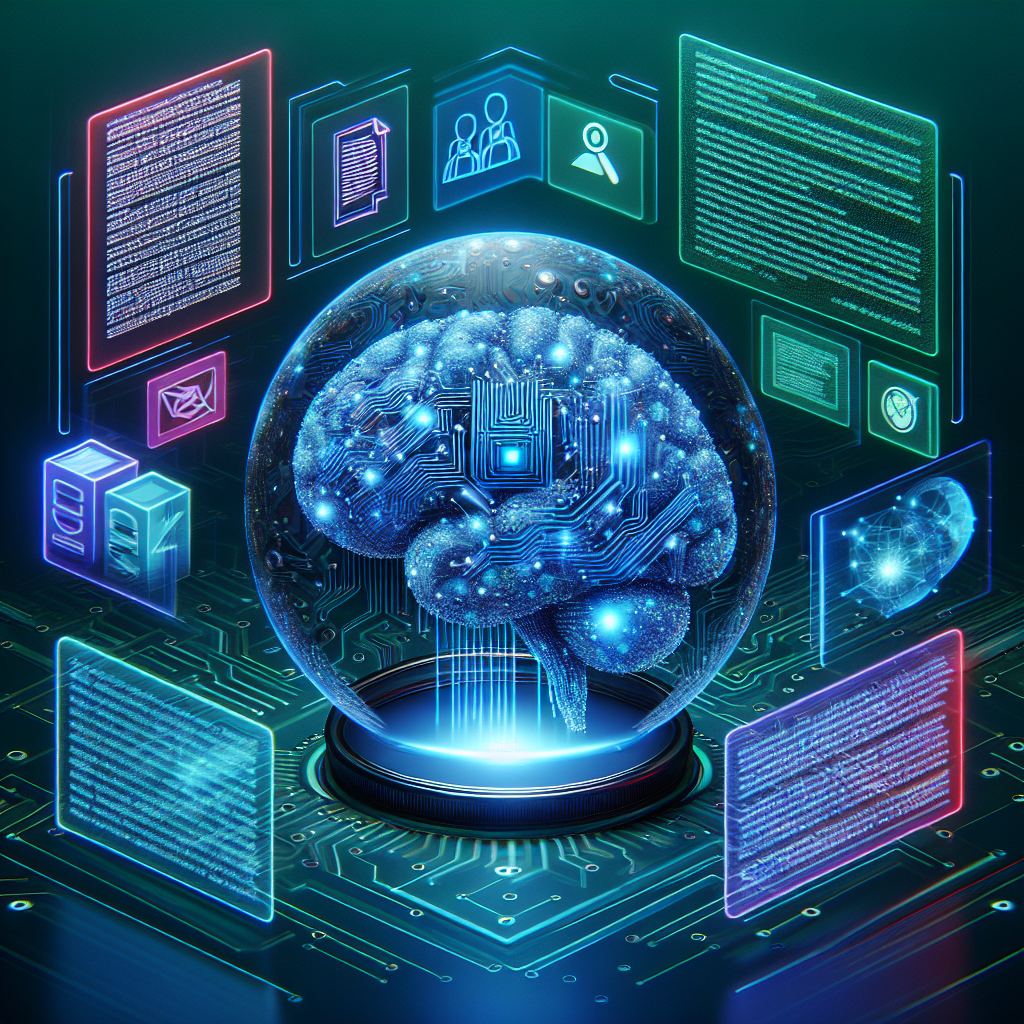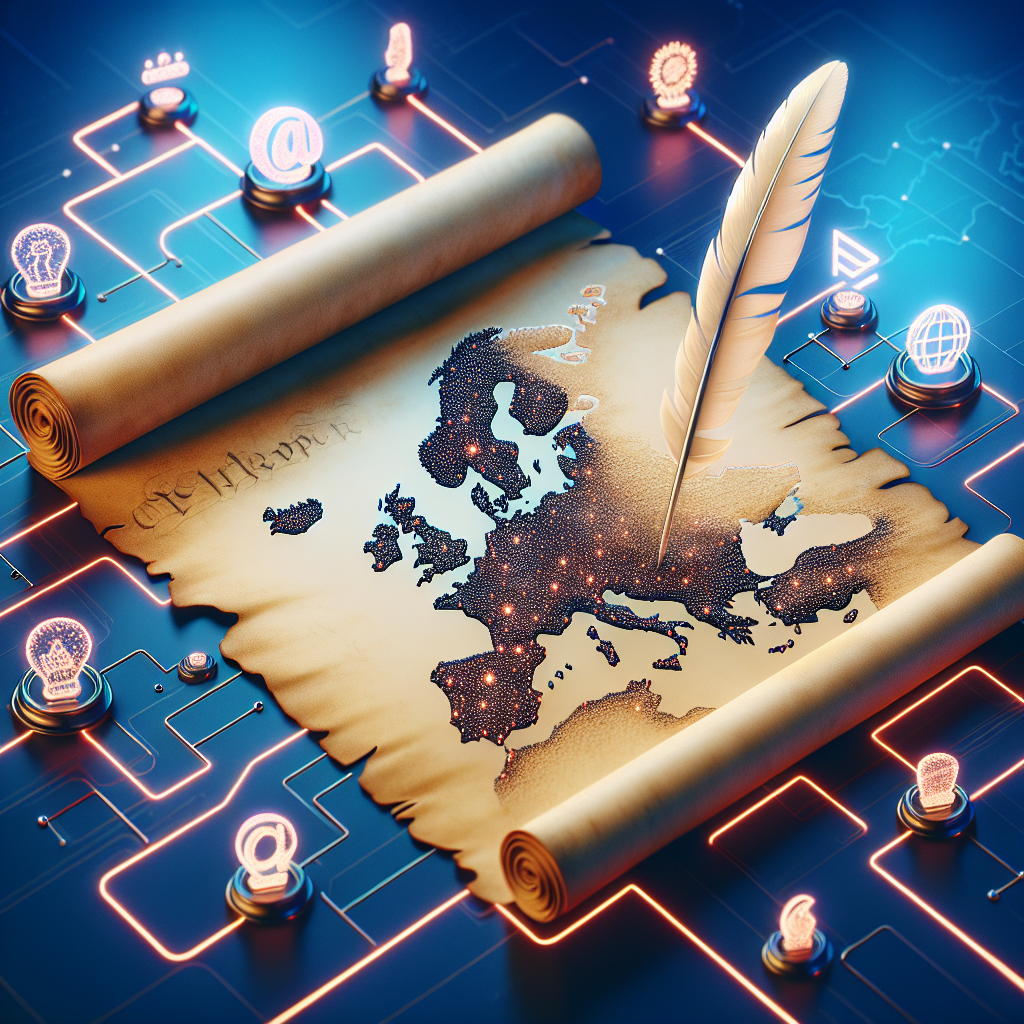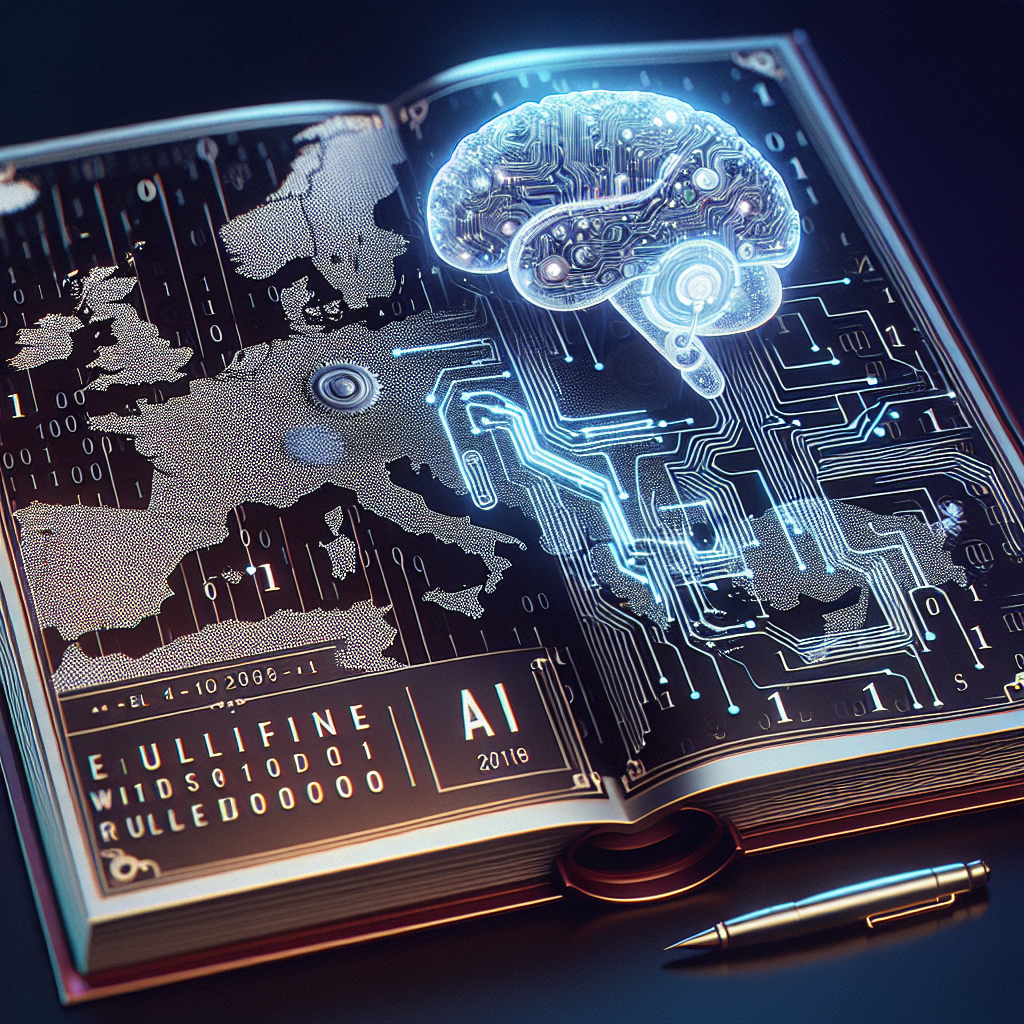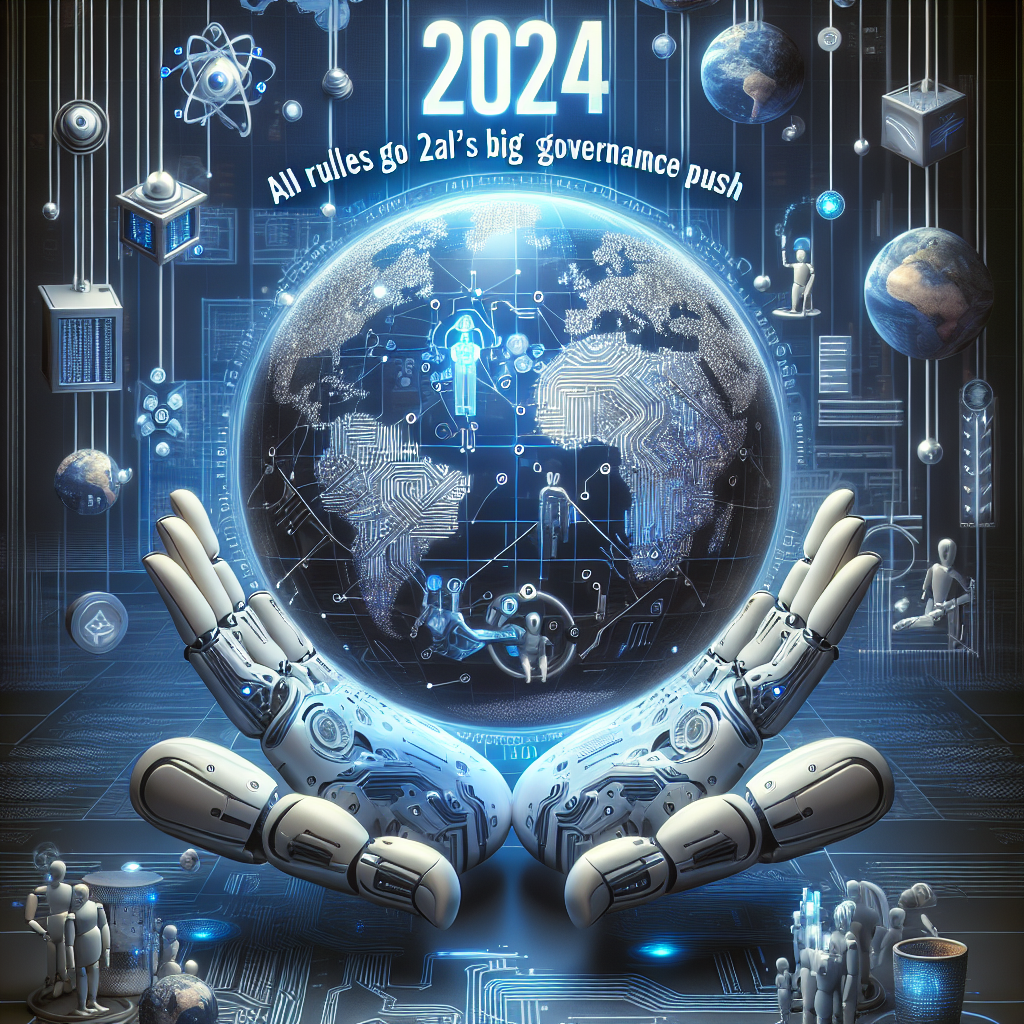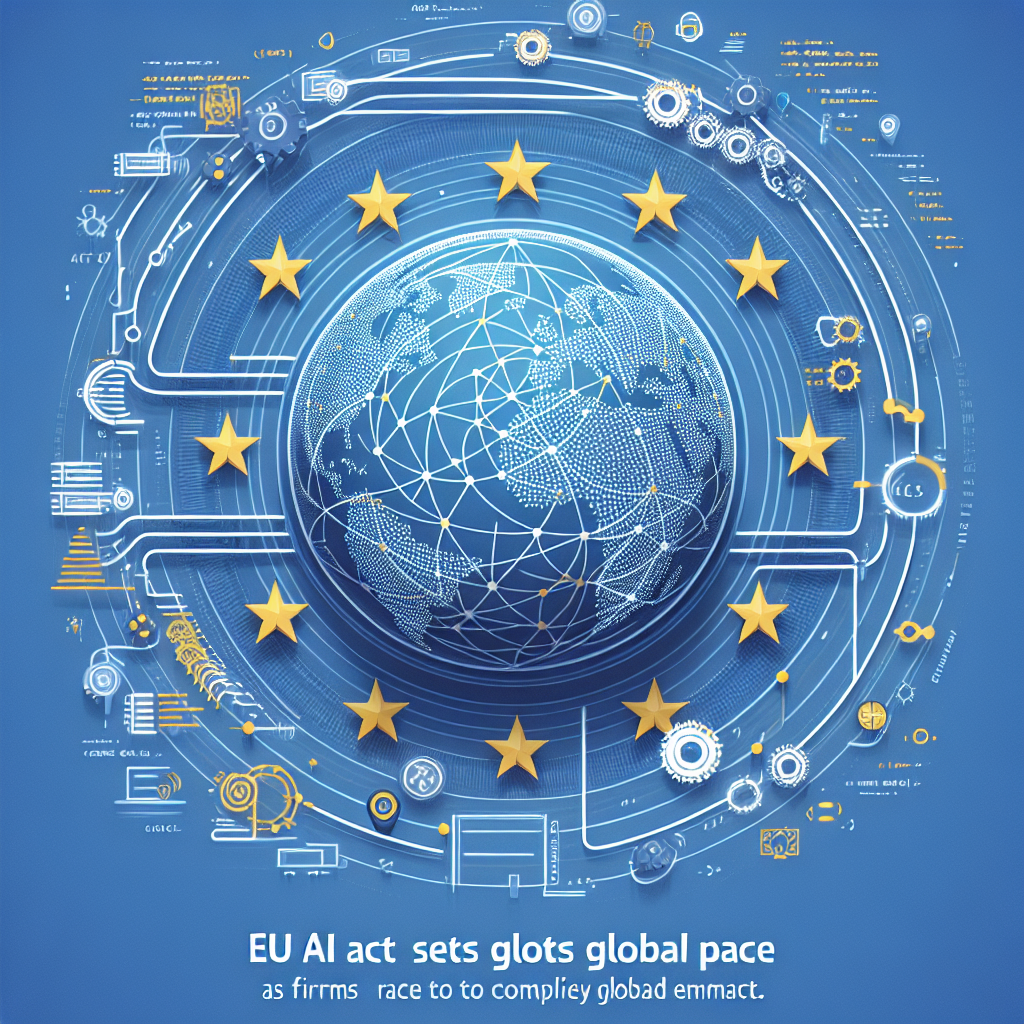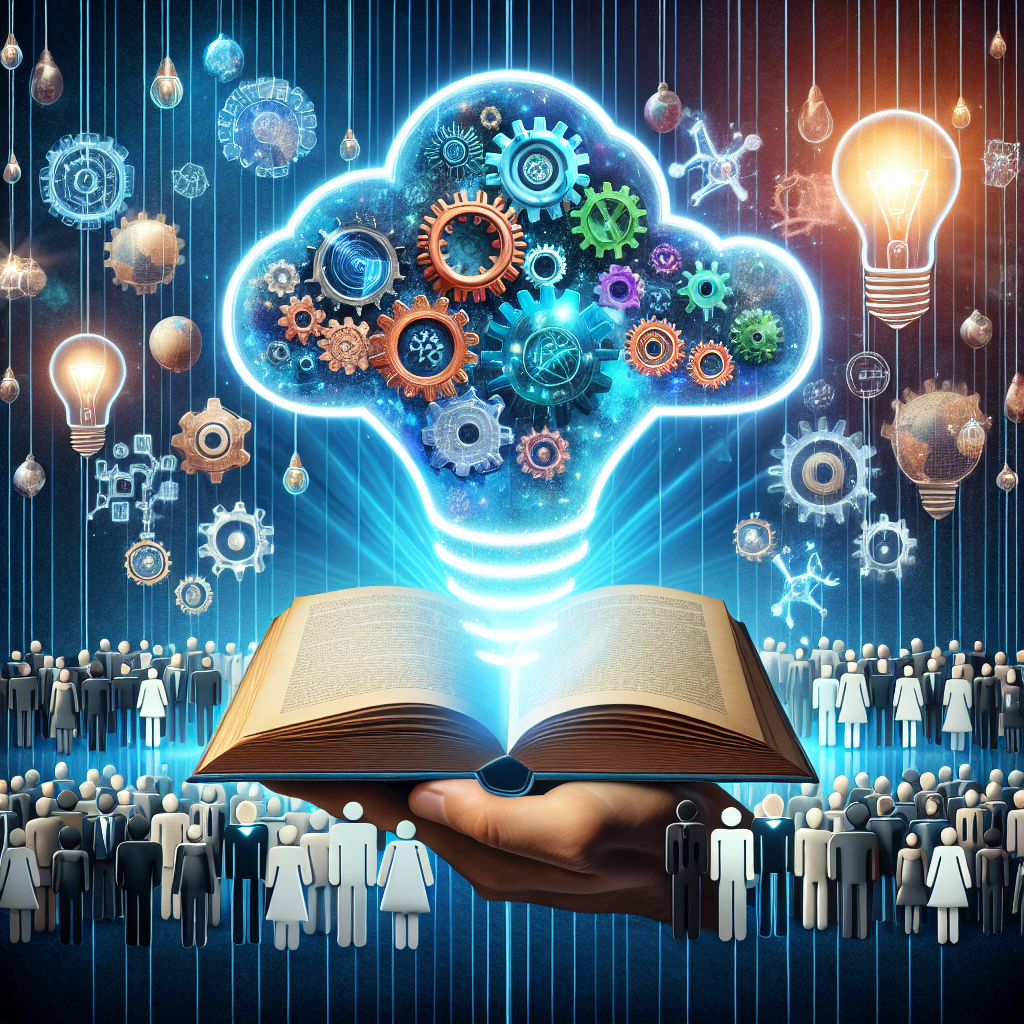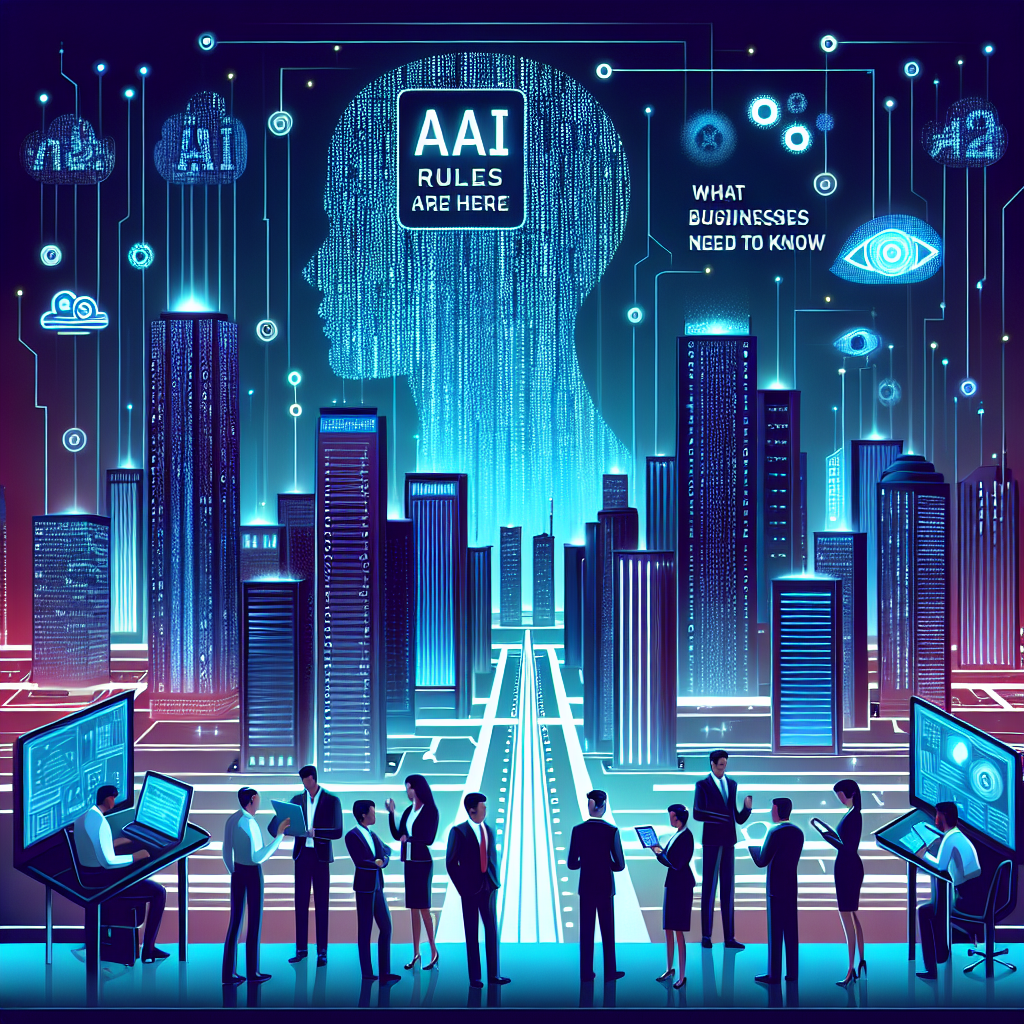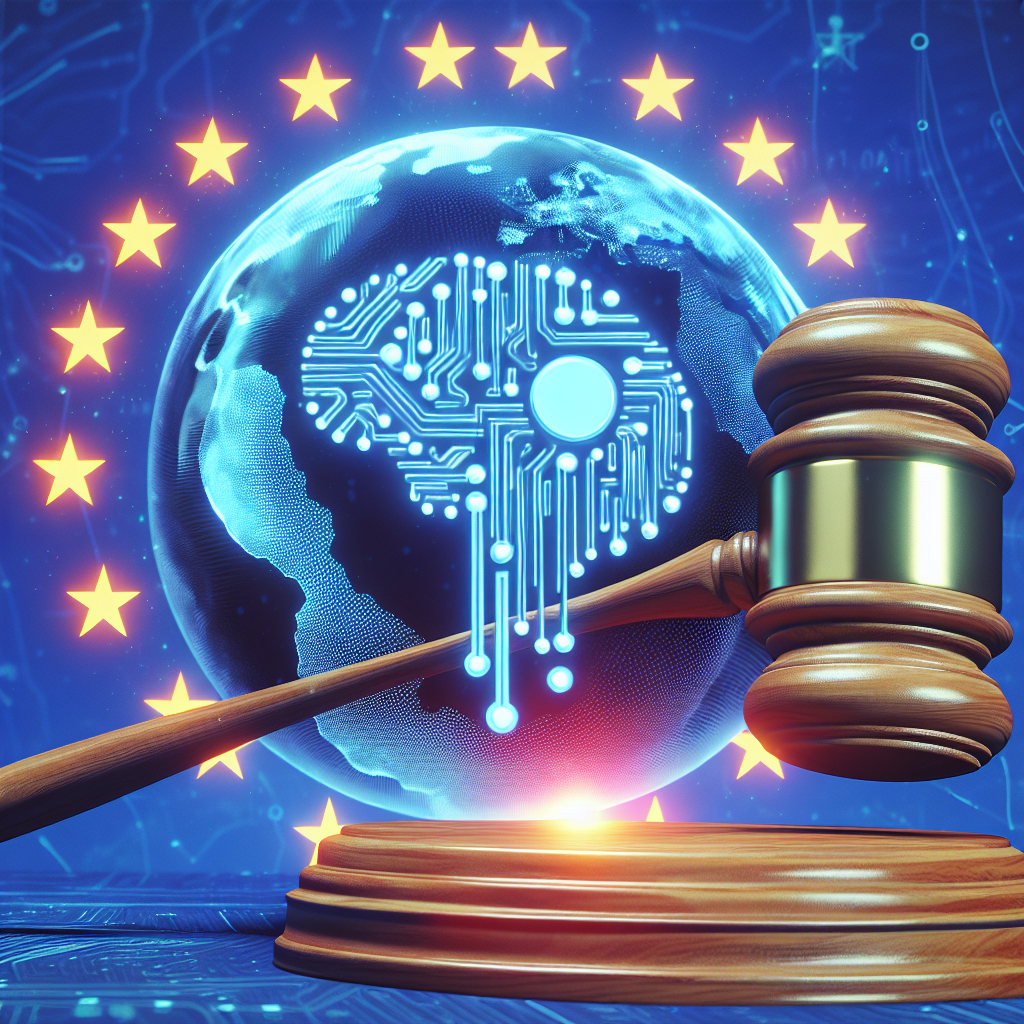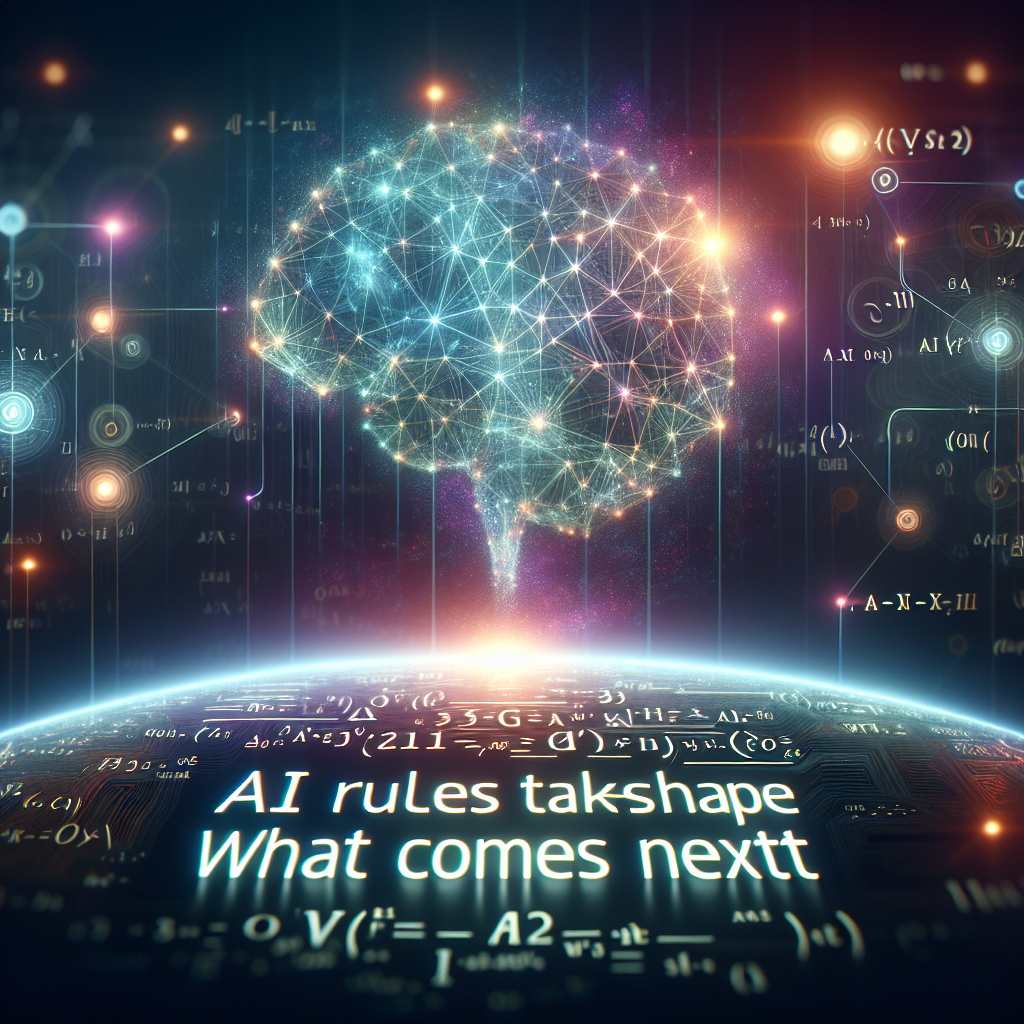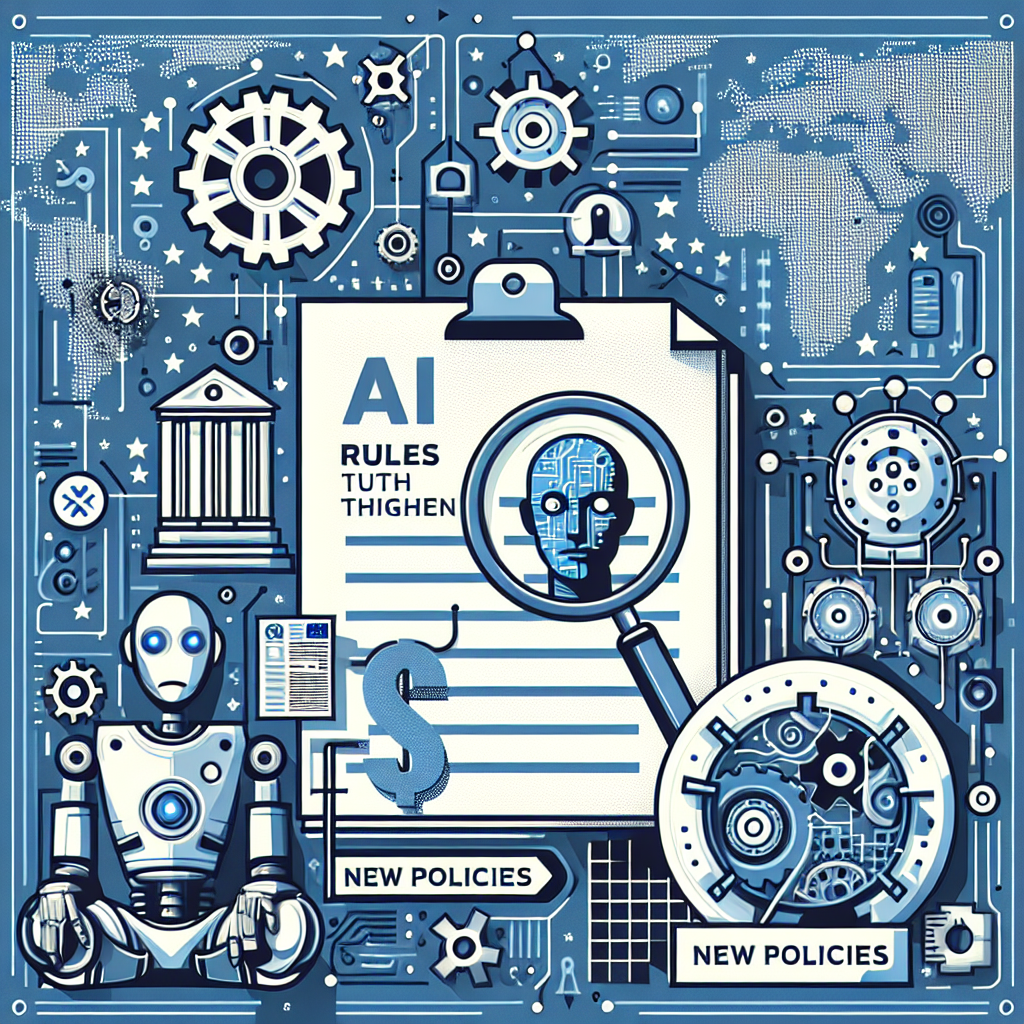AI’s Power Problem: Data Centers Strain the Grid

AI demand is reshaping the power debate
Artificial intelligence is booming. New chatbots and image tools arrive fast. Behind the scenes, the machines that run them need a lot of electricity and cooling. Utilities are planning for a surge in demand. Policymakers are weighing how to keep the lights on and still cut emissions.
The International Energy Agency has warned that the impact could be large. In a 2024 outlook, the IEA said the “rapid growth in data centres, AI and cryptocurrencies is set to have a significant impact on electricity demand.” The question now is how to supply this power while limiting the climate and water costs.
By the numbers
- The IEA projects global data centers could use about 1,000 terawatt-hours of electricity in 2026, roughly double their 2022 level. That would be a few percent of worldwide demand.
- Google reported that its 2023 greenhouse gas emissions were about 48% higher than in 2019, citing data center growth and AI as key factors, according to its 2024 Environmental Report.
- Microsoft said its emissions have risen around 29% since a 2020 baseline, driven in part by new data center construction, in its 2024 sustainability filing. Both firms still target net-zero goals by 2030.
- Some regions are already near their limits. Ireland introduced restrictions on new data center grid connections around Dublin. U.S. utilities in fast-growing hubs are planning new generation and transmission to serve concentrated load.
Why AI uses so much power
Two stages drive consumption: training and inference.
- Training builds the model. It runs for days or weeks across thousands of specialized chips. It uses high-power servers and dense networking. Energy use is intense but episodic.
- Inference serves the model to users. Every prompt, translation, or image request runs compute. At scale, billions of queries add up. Over time, inference can consume more power than training.
Cooling adds another load. Many large sites use evaporative cooling, which needs water. Others use chillers, which draw more power. As rack power densities climb, operators are turning to liquid cooling to cut energy and water use.
AI chips are improving. New processors deliver more operations per watt. Software helps too. Techniques like quantization, sparsity, and better compilers reduce the work per task. But total demand can still rise as more people and apps use AI.
Companies race to cut the footprint
Cloud providers say they can support AI growth and climate goals. They point to new energy deals and efficiency gains.
- More clean power. Big buyers are signing wind, solar, and storage contracts. Some are pursuing 24/7 carbon-free energy strategies to match usage each hour with local clean supply. That is harder as loads concentrate in a few hubs.
- Smarter siting. Firms are placing new campuses near abundant low-carbon power and strong grids. Some sites cluster by hydro or nuclear plants to reduce emissions and curtailment.
- Cooling upgrades. Liquid cooling, heat reuse, and tighter airflow reduce wasted energy. These cut the power used for cooling per unit of compute.
- Efficient models. Leaner architectures and smaller task-specific models lower inference costs. Many products use retrieval techniques to shrink the compute needed per answer.
Vendors also emphasize transparency. Benchmark groups such as MLCommons include power measurements in some AI performance tests. That helps buyers compare systems using both speed and energy.
Grid operators brace for growth
Electric utilities are planning for large, fast load additions. Data centers can require hundreds of megawatts at once. They often need new substations and high-voltage lines. Permitting those lines can take years.
Some operators are offering demand response programs. These let data centers shift flexible workloads to off-peak hours or to times with high renewable output. Backup generators and on-site batteries can support short spikes or outages. Over the long term, grid upgrades and new generation will be needed in key regions.
Regulators face trade-offs. Concentrating load can support efficient investment and create jobs. But it can also raise local prices, stress water resources, and complicate decarbonization timelines. Several countries are updating interconnection rules and incentivizing clean capacity to align growth with climate targets.
Benefits and costs in balance
AI could deliver broad gains. It can compress tasks, speed research, and improve grid operations. Hospitals are testing AI scribes to reduce paperwork. Manufacturers use predictive tools to cut waste. Supporters say these gains can boost productivity and lower emissions in other sectors.
Critics warn against rebound effects. If AI makes services cheaper, people may use more of them, offsetting efficiency gains. They call for clearer accounting of energy and water footprints. Communities near new campuses want stronger protections and benefits.
The debate is not new. Years ago, computer scientist Andrew Ng called AI “the new electricity.” The line was meant as praise for AI’s potential. Today, it doubles as a reminder. Electricity is the constraint as well as the enabler.
What to watch next
- Policy and permitting. Will governments speed up transmission lines and clean energy projects in data center regions? How will they handle local water limits?
- Chip roadmaps. Do next-generation accelerators deliver big gains in performance per watt? Do software advances keep pace in reducing inference costs?
- Load flexibility. Can operators shift more AI work to times and places with surplus renewables? Will new tariffs reward that behavior?
- Reporting. Do major AI providers disclose consistent energy, emissions, and water data at the product level? Clear metrics would aid planning and accountability.
The bottom line
AI is arriving fast, and so are its energy needs. The scale is manageable with planning, but not trivial. Clean power, efficient chips, better software, and faster grids will decide whether the AI boom supports, or slows, climate goals. The choices made in the next few years will set the curve for both innovation and emissions.
Sources: International Energy Agency Electricity 2024; Google 2024 Environmental Report; Microsoft 2024 Sustainability reporting; MLCommons documentation.





























